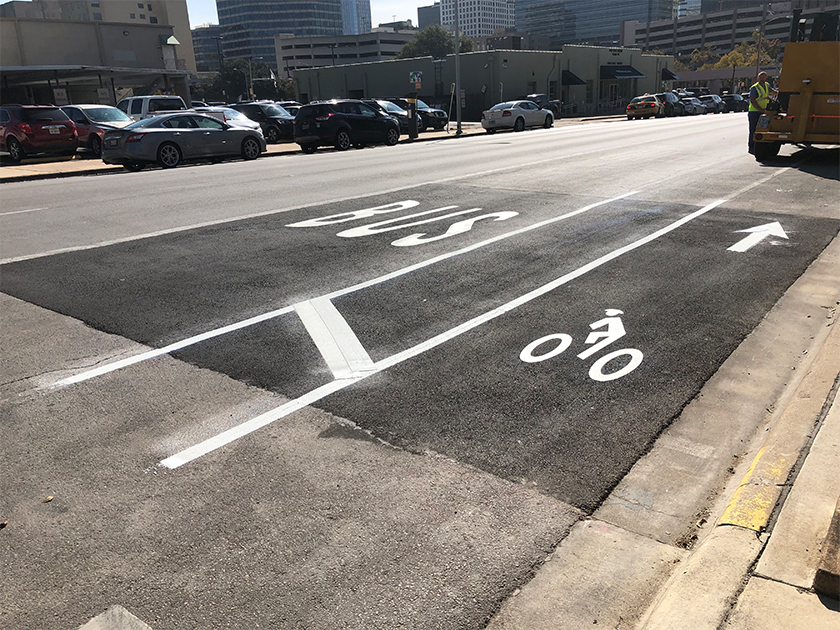When automobiles first appeared in the United States, many people considered them to be expensive novelties. There were not that many paved roads, especially when you traveled out of a major city, and paved parking lots were even rarer. There was no reason even to attempt to mark dirt roads and the grassy fields that served as parking lots. Things began to change in the 1910s with the first appearance of road markings, and parking lot markings started during the following decade. Various materials have been used for pavement marking and striping in the intervening years, including numerous types of paint. One relatively new development is thermoplastic pavement marking.
Everything You Need to Know About Thermoplastic Line Striping
What Is Thermoplastic?
In general, a thermoplastic is a synthetic material that becomes pliable at extremely high temperatures, then cools quickly, hardens, and retains its shape. The thermoplastic family includes various acrylics, nylon, PVC, and the nonstick coating you probably refer to as Teflon. Most American homes have a wide variety of thermoplastic products, including action figures and other toys, plastic containers for food storage, milk jugs, and grocery bags. The thermoplastic material that your local asphalt companies use for pavement markings contains pigments for color, glass beads for reflectivity, a filler to add bulk, and a binder to hold everything together and create a flexible, tough material that will form a strong bond with the pavement.
How Would an Austin Paving Company Apply Thermoplastic Markings?
The contractor would begin by ensuring that the pavement is dry and clean. If other markings exist, he will remove them. Depending on the condition of the pavement, it may be necessary to apply a primer. The thermoplastic striping material will be heated in a special kettle to a temperature of at least 400 degrees Fahrenheit. The contractor can then use one of three methods to apply the material. The extrusion method places the equipment directly in contact with the pavement during the application. A ribbon application uses a gun that remains an inch or two above the surface to lay down a stripe of material. The spray method uses a gun positioned four or five inches above the surface; atomized air applies the material.
What Are the Pros and Cons of Thermoplastic Striping and Marking?
Depending on the traffic and the paint’s quality, painted markings will last an average of two years, but thermoplastic stripes and markings can last more than eight years. Because the thermoplastic material will solidify in less time than it takes paint to cure, pavements can be reopened much faster. The glass beads make the markings more visible and increase reflectivity, especially wet pavements or at night. Unlike the beads on top of painted markings that can wear away, the beads in thermoplastic materials are distributed throughout the entire thickness of the stripe or marking. Thermoplastics are less likely to suffer damage from leaked automotive fluids. The only negative is that thermoplastics are more expensive than paint, but the difference in cost can be offset by the longer life of the thermoplastic markings.
Ensure Quality with Professional Thermoplastic Road Striping
Thermoplastic road and parking lot markings require specialized equipment and training that many contractors do not possess. At Alpha Paving, we have invested in the right equipment to apply thermoplastics correctly, and we have team members who are thoroughly trained and highly experienced in their use. We are a highly respected company offering asphalt and concrete services to a wide variety of clients in Central Texas from our main office in Round Rock. Our services include seal coating, thermoplastic, and painted pavement markings, asphalt paving, parking lot signs and car stops, road construction, asphalt repair, concrete parking lots, street maintenance, and asphalt resurfacing. Our clients include apartment complexes, municipalities and counties, hotels, airports, health care facilities, retail stores and shopping centers, educational facilities, churches, restaurants, and subdivisions. We offer free quotes, so complete the online request form or call 737-258-8088 to request yours today.




